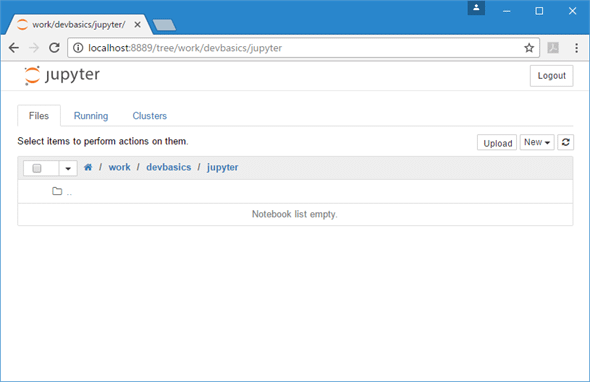In How It Works, you learned that R Markdown files provide a notebook interface that makes it easy to test and iterate when writing code.
- A Computer Science portal for geeks. It contains well written, well thought and well explained computer science and programming articles, quizzes and practice/competitive programming/company.
- The first official book authored by the core R Markdown developers that provides a comprehensive and accurate reference to the R Markdown ecosystem. With R Markdown, you can easily create.
There is a simple way to place text which will not be modified in Jupyter Notebook (markdown). You only use triple quotes with the reverse accent sign and end with the same quotes three times. Markdown files¶ You can write content in regular Markdown files (e.g., files ending in.md). Jupyter Book supports any Markdown syntax that is supported by Jupyter notebooks. Jupyter Notebook Markdown is an extension of a flavour of Markdown called CommonMark Markdown. It has many elements for standard text processing, though it lacks a lot of.
Share this experience by sharing your .Rmd file with colleagues for them to open in their RStudio IDE. Or recreate the notebook interface for non-R users by rendering your file to an HTML notebook with output: html_notebook, as in this example.
R Markdown will create a nb.html version of your file: a self-contained HTML file that contains both a rendered copy of the notebook with all current chunk outputs (suitable for display on a website) and a copy of the notebook .Rmd itself.
You can view the .nb.html file in any ordinary web browser, or open it in RStudio. In this case, RStudio will extract and open the .Rmd file that underlies the nb.html file.
Version Control

Notebook Markdown Table

One of the major advantages of R Notebooks compared to other notebook systems is that they are plain-text files and therefore work well with version control. We recommend checking in both the .Rmd and .nb.html files into version control so that both your source code and output are available to collaborators. However, you can choose to include only the .Rmd file (with a .gitignore that excludes the .nb.html) if you want each collaborator to work with their own private copies of the output.
Notebook Markdown Font Size
See R Notebooks to learn more about notebooks with R Markdown.
Introduction¶
The notebook extends the console-based approach to interactive computing ina qualitatively new direction, providing a web-based application suitable forcapturing the whole computation process: developing, documenting, andexecuting code, as well as communicating the results. The IPython notebookcombines two components:
A web application: a browser-based tool for interactive authoring ofdocuments which combine explanatory text, mathematics, computations and theirrich media output.
Notebook documents: a representation of all content visible in the webapplication, including inputs and outputs of the computations, explanatorytext, mathematics, images, and rich media representations of objects.
See also
See the installation documentation for directionson how to install the notebook and its dependencies.
Main features of the web application¶
- In-browser editing for code, with automatic syntax highlighting,indentation, and tab completion/introspection.
- The ability to execute code from the browser, with the results ofcomputations attached to the code which generated them.
- Displaying the result of computation using rich media representations, suchas HTML, LaTeX, PNG, SVG, etc. For example, publication-quality figuresrendered by the matplotlib library, can be included inline.
- In-browser editing for rich text using the Markdown markup language, whichcan provide commentary for the code, is not limited to plain text.
- The ability to easily include mathematical notation within markdown cellsusing LaTeX, and rendered natively by MathJax.
Notebook documents¶
Notebook documents contains the inputs and outputs of a interactive session aswell as additional text that accompanies the code but is not meant forexecution. In this way, notebook files can serve as a complete computationalrecord of a session, interleaving executable code with explanatory text,mathematics, and rich representations of resulting objects. These documentsare internally JSON files and are saved with the .ipynb extension. SinceJSON is a plain text format, they can be version-controlled and shared withcolleagues.

Jupyter Notebook Markdown Cheat Sheet
Notebooks may be exported to a range of static formats, including HTML (forexample, for blog posts), reStructuredText, LaTeX, PDF, and slide shows, viathe new nbconvert command.
Markdown Background Color
Furthermore, any .ipynb notebook document available from a publicURL can be shared via the IPython Notebook Viewer (nbviewer).This service loads the notebook document from the URL and renders it as astatic web page. The results may thus be shared with a colleague, or as apublic blog post, without other users needing to install IPython themselves.In effect, nbviewer is simply nbconvert as a web service,so you can do your own static conversions with nbconvert, without relying onnbviewer.
